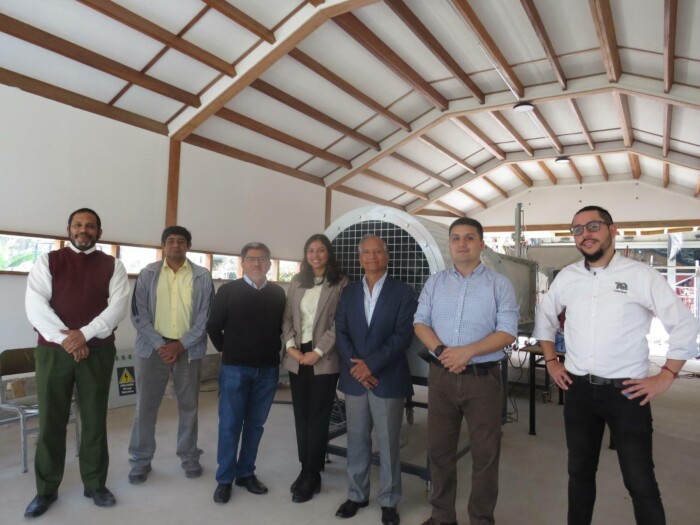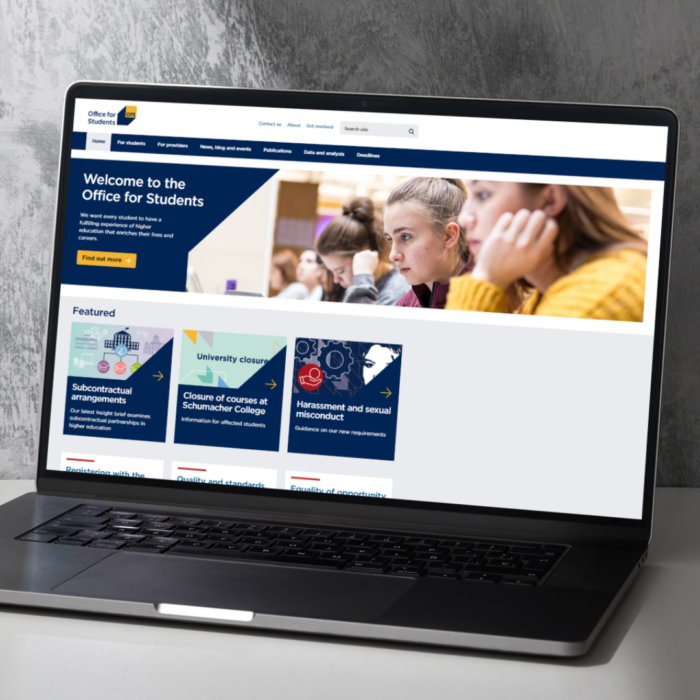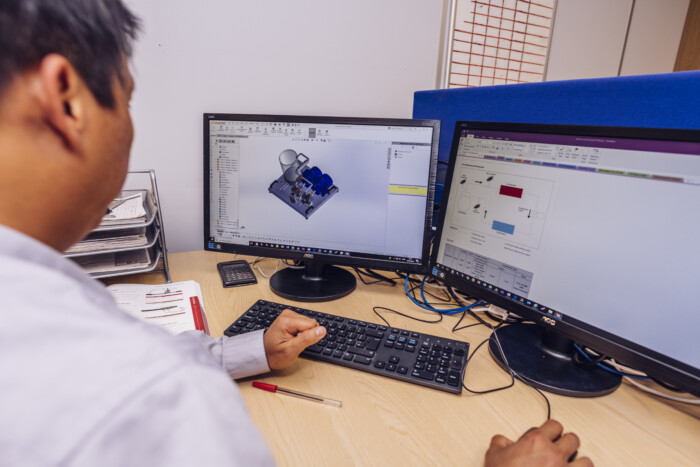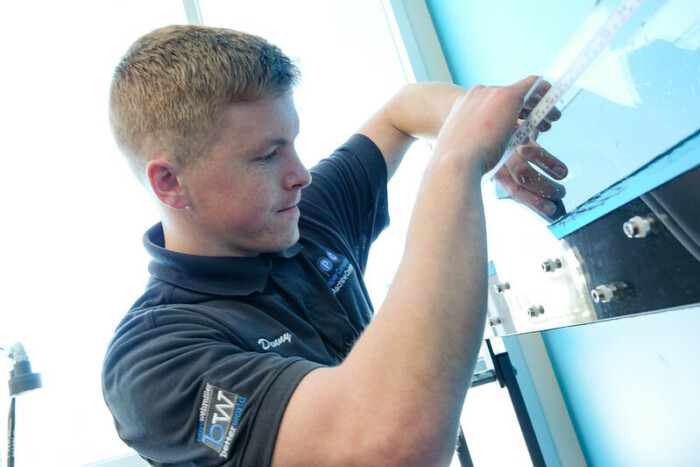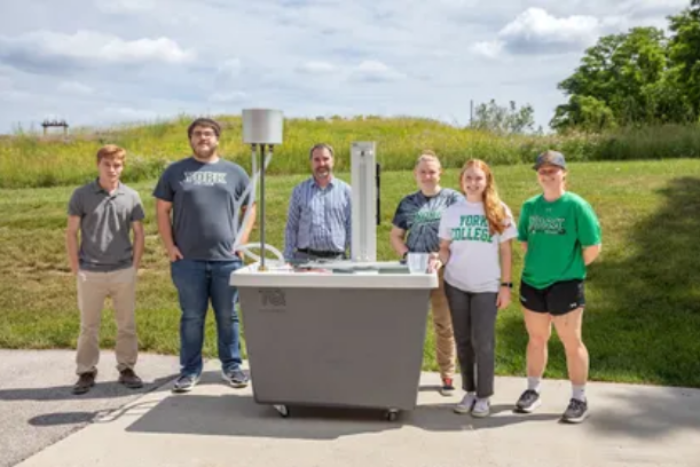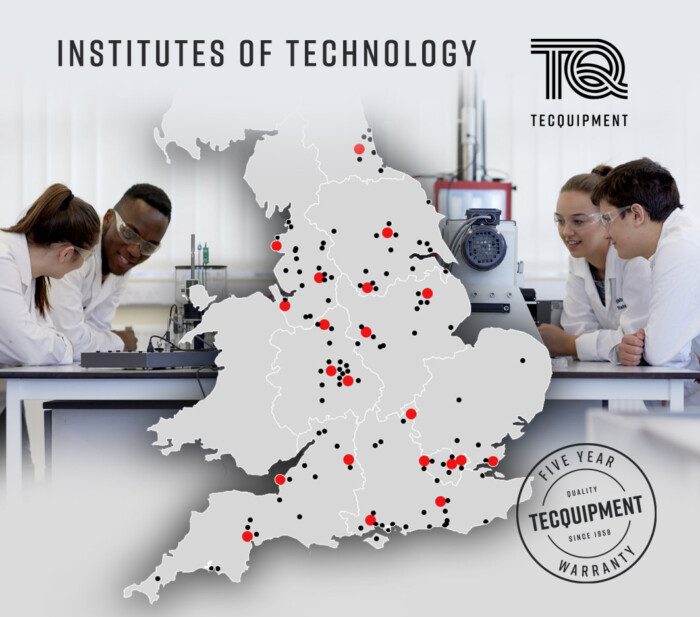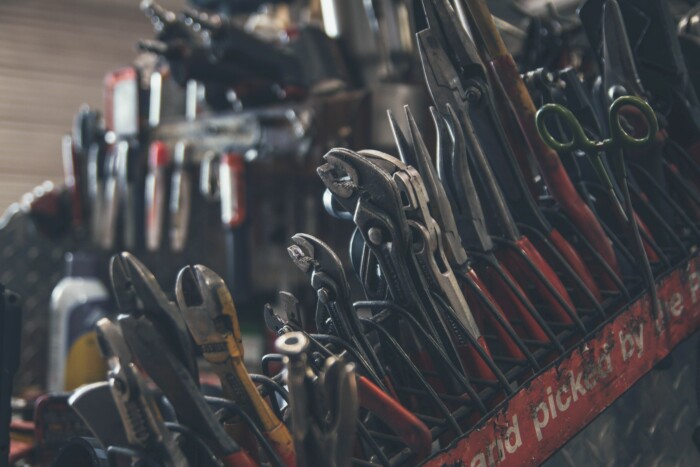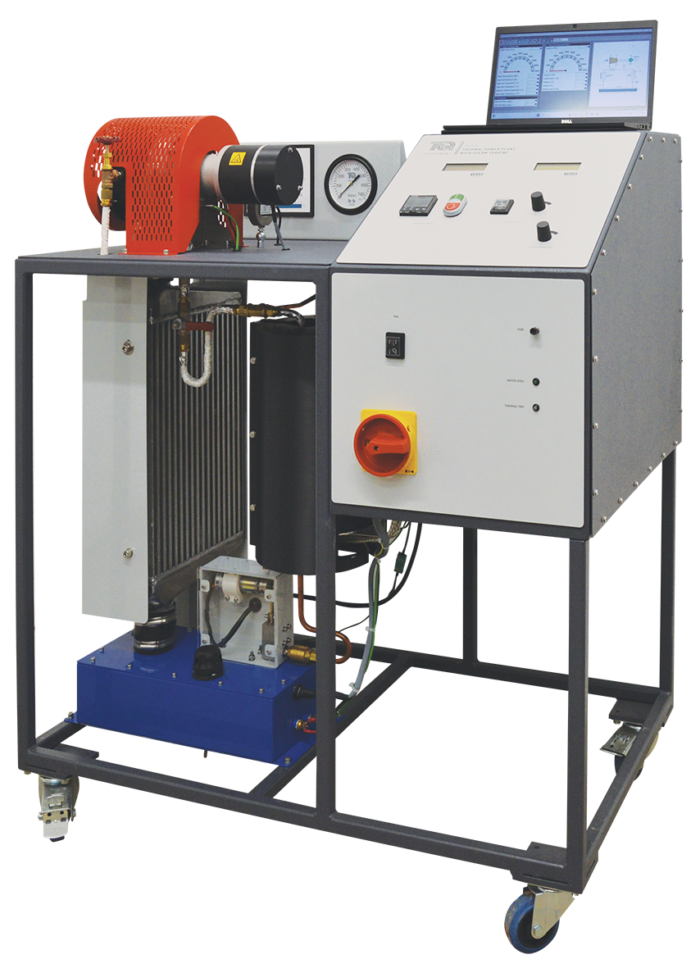Lab Optimisation: What does it mean?
Lab space optimisation involves making the best use of available space to enhance functionality and efficiency. This process includes:
- Efficient Layout: Designing the lab layout to ensure that equipment is arranged in a way that maximises functionality and accessibility while minimising clutter. This often means arranging workstations so that students and staff can move freely and access necessary tools and materials without obstruction.
- Multi-Use Equipment: Selecting equipment that can serve multiple purposes or be used in different types of experiments helps to conserve space. For instance, modular equipment that can be reconfigured for different experiments can save valuable space and reduce the need for additional storage.
- Compact Design: Choosing compact or modular equipment. This allows for more efficient use of lab space, making it possible to accommodate more instruments or workstations within the same area.
The Challenge of Lab Optimisation
Engineering departments often face the challenge of providing state-of-the-art facilities within constrained budgets and limited space. Traditional approaches to lab design have typically focused on creating discipline-specific spaces, where each engineering branch—whether mechanical, electrical, civil, or others—has its own dedicated lab. However, this approach can lead to underutilised spaces and resources, especially when course schedules differ, or student numbers fluctuate.
Moreover, the rise of interdisciplinary projects and courses in engineering curricula further complicates the use of specialised labs. Students today are increasingly engaged in projects that span multiple engineering fields, requiring access to a broader range of equipment.
The Benefits of Multi-Disciplinary Equipment
Investing in multi-disciplinary equipment is an effective solution to these challenges. Such equipment serves multiple functions, supporting a wide range of engineering courses and disciplines. An efficiently designed lab not only improves space utilisation but also offers several other benefits:
- Maximised Resource Utilisation: Multi-disciplinary equipment positions labs to adapt to future curricular changes, supporting emerging fields like robotics, renewable energy, and smart systems, which often require a blend of mechanical, electrical, and software engineering knowledge. Purchasing multi-disciplinary equipment ensures that lab resources are used to their full potential. Instead of sitting idle when not in use by a specific course, the equipment can be shared across different disciplines, leading to higher utilisation rates and better returns on investment.
- Cost Efficiency and Reduced Operational Costs: Purchasing multi-disciplinary equipment can reduce the overall cost of outfitting a lab. Efficient use of space and equipment also contributes to sustainability, with reduced energy consumption and fewer environmental impacts from lab operations, and reduced operational costs through reduced power consumption and less frequent maintenance.
- Enhanced Learning Opportunities: Multi-disciplinary equipment allows students to engage with tools and technologies that are relevant across multiple fields. This exposure can broaden their skillsets, making them more adaptable and better prepared for modern engineering careers. It also fosters a more integrated understanding of engineering principles, as students see firsthand how different disciplines intersect. A well-organised lab enhances educational experiences and productivity by reducing time spent searching for and setting up equipment between different classes.
At TecQuipment, we are committed to supporting educators in many ways. Our range of multi-disciplinary equipment is designed to meet the diverse needs of engineering education, ensuring that your lab can adapt and thrive in a rapidly evolving academic landscape. With a focus on ease of student friendliness, safety, sustainability, reliability, and cost-efficiency, TecQuipment helps institutions to optimise their lab spaces, enhance student learning, and prepare the next generation of engineers for success in a dynamic world.
Examples of multidisciplinary equipment from TecQuipment
- Subsonic Wind Tunnel (AF1300): primarily used for aerodynamics (mechanical and aerospace engineering), it is also crucial for civil engineering applications, such as studying the effects of wind on structures, and environmental engineering in understanding airflow and pollution dispersion.
- Digital Hydraulic Bench (H1F): used for a wide range of experiments related to fluid dynamics, a topic essential in civil, mechanical, and environmental engineering. With accessories, such as flow measurement apparatus, energy loss in pipes, and pump performance studies, it brings together concepts from different engineering domains like thermodynamics, fluid mechanics, and environmental management.
- Universal Testing Machine (SM1000): used to perform tensile, compression, bending, and other tests on various materials, making it relevant across mechanical, civil, and materials engineering. The machine is integral to understanding material properties that affect structures, machines, and devices, making it key in multidisciplinary engineering education.
- Heat Transfer Experiment (TD1002): allows students to study various modes of heat transfer—conduction, convection, and radiation—applicable in mechanical, chemical, and environmental engineering. It demonstrates the interdisciplinary nature of thermodynamics and heat exchange, which are critical in industries ranging from power generation to automotive engineering.
- Two-Stage (Series and Parallel) Pumps Experiment (H83): an ideal piece of lab equipment that can be used across different departments - chemistry, mechanical engineering, civil engineering and fluid mechanics, helping student to understand the performance of pumps, liquid temperature and how liquids (oil, water, air) are transported across a system such as a chemical plant.
- The Structures Range (STS): offers a wide range of experiments in civil, structural, and mechanical engineering, such as understanding the behaviour of beams, bridges, trusses, and arches. These structural principles are applicable in building design, mechanical stress analysis, and more, making this a highly flexible piece of equipment.
- The Engineering Science Range (ES): addresses a wide array of fundamental engineering concepts including forces and moments; materials testing; vibration, friction and energy; simple machines; and mechanisms, that are applicable across disciplines like civil, mechanical, aeronautical, structural, electrical, and chemical engineering. Each piece of equipment in the Engineering Science Range is modular, allowing institutions to use them in a wide variety of courses.
- The Statics Fundamentals Range (SF): covers fundamental principles related to forces, moments, equilibrium, and structural analysis which are central to many engineering disciplines teaching core concepts that are applicable across civil, mechanical, aerospace and architectural engineering.
By partnering with TecQuipment, institutions can confidently invest in equipment that not only meets the current demands of engineering education but also evolves to support future advancements in the field. Our commitment to quality, innovation, and customer support makes TecQuipment the trusted choice for equipping labs that inspire and deliver an unforgettable learning experience.
Conclusion
Optimising engineering labs offers substantial benefits to educational institutions. Therefore, the decision to purchase lab equipment should be approached with careful consideration of space optimisation, safety, maintenance, and long-term running costs to create a learning environment that is both efficient and conducive to high-quality education.





